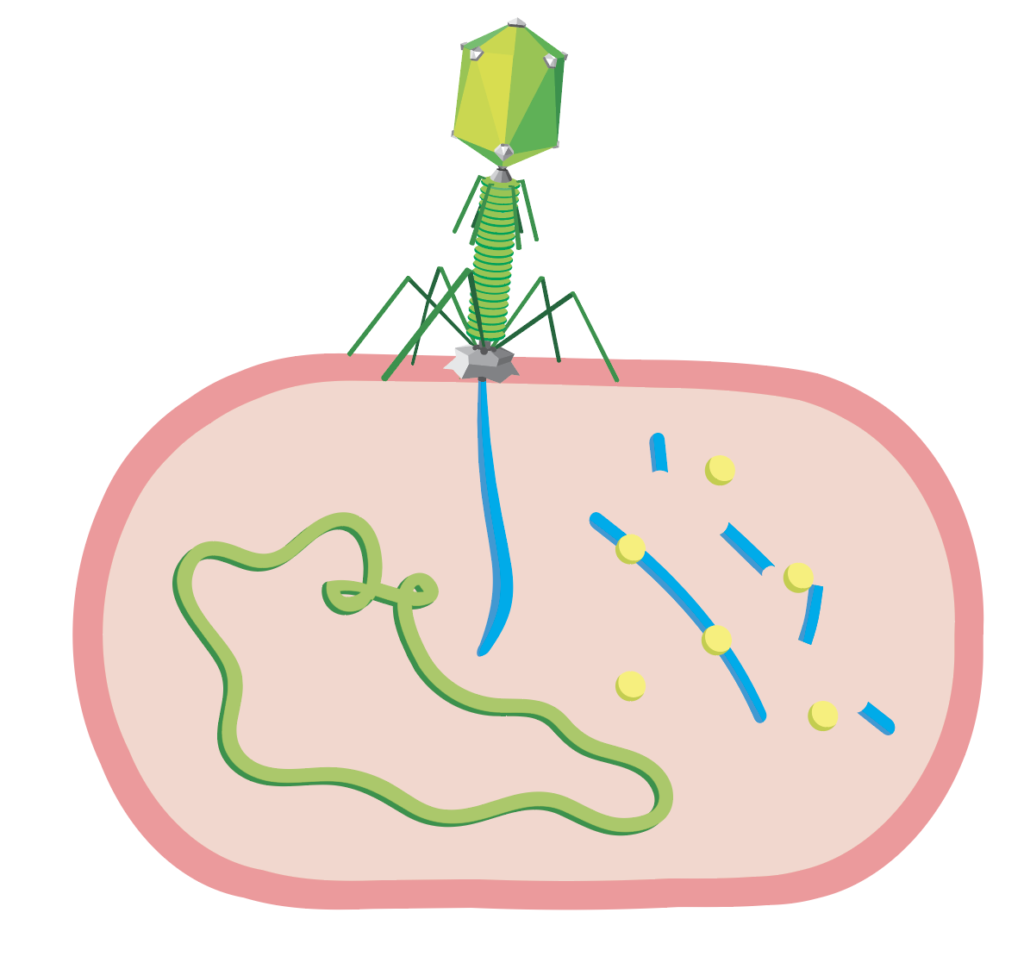The Brief
Anastasia Rattigan from the Online courses team at the University of Reading develops Massive Online Open Courses (MOOCs) alongside the FutureLearn platform to expand the University’s portfolio of online courses. She had proposed two academic animations to be used by the Microbiology department, and have them catered for two different user groups, those studying with the online courses or those on the undergraduate degree in microbiology. The animations themselves were asked to encourage prospective students into microbiology, stimulating recruitment and be used as revision material for first year students on the course. Therefore, they had to be succinct and effective in delivering their messages. Also, the client wanted to communicate that University provides a fun and engaging but also academic approach to the learning available amongst the courses.
Research
Client Meeting
Anastasia approached us asking to discuss the parameters for each animation and meet the rest of the team of clients. At the first meeting we delved deeper into the scope of each animation and gathered viewpoints from both Anastasia and members of the Microbiology department. It was a great discussion where they presented their goals for the project and asked what would be professionally achievable in the time frame given. We also discussed the contents of each animation, ‘The Tree of Life’ and ‘Microbes at War’. Both animations were vast in content and the clients expressed how they wanted each part to have purpose and not waste time. The latter animation required an amount of scientific knowledge that neither of us could really put into practice, however we agreed with the clients that they would supply this difficult content and explanations where appropriate. Understanding these specifications meant that we could achieve the animations with the client’s perspectives in mind allowing a more successful outcome in the long run.
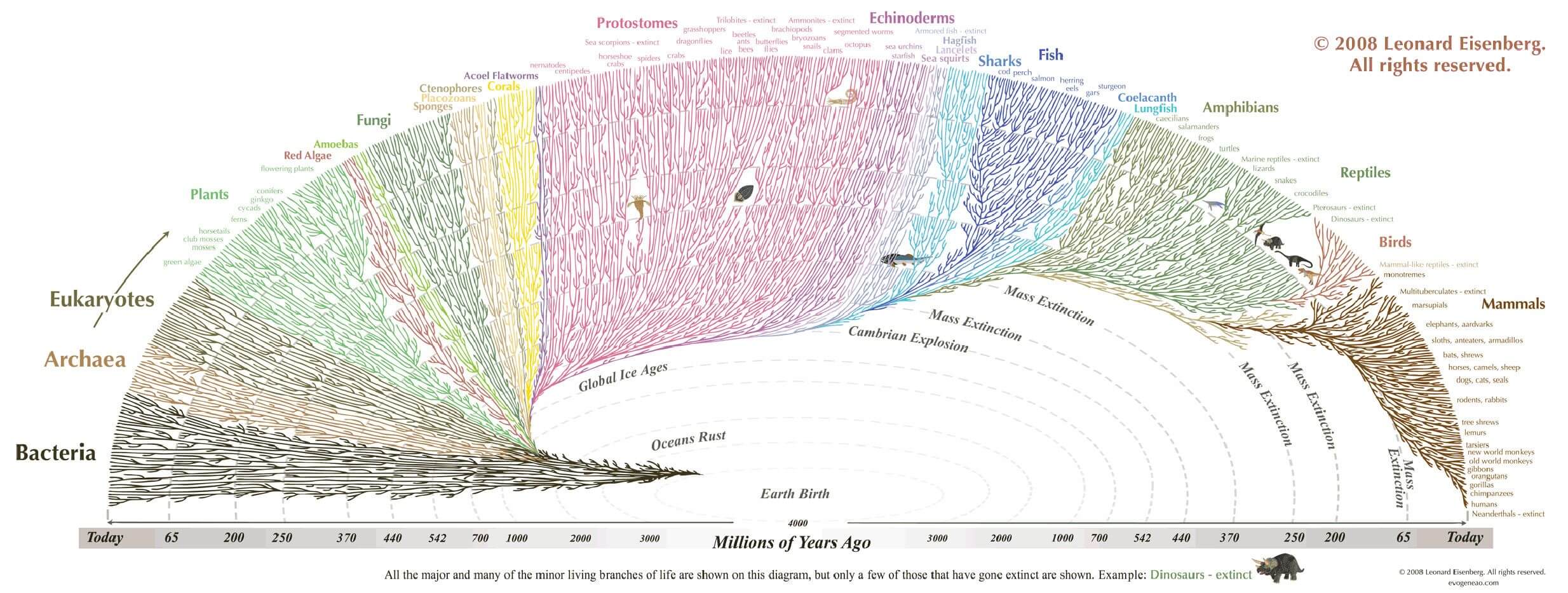
Style of illustrations
The illustration style of the animations was crucial to determine for both us and the client, in order to keep consistency across the animations and other MOOcs across the FutureLearn environment. The general consensus was that they should be biologically accurate without being too detailed, but also not too far into the other side of the spectrum being too cartoon-like, stressing that they were against the idea of characters for each microbe or bacteria. They favoured the idea of hand drawn images at first, stating that this style reflected the scientific diagrams usually associated with the course. We reassured them however that digitally produced vector illustrations would be more fitting for the kind of animation we were delivering, as well as being easier to implement and animate. We researched different existing illustration styles used for microbiology and decided on flat vector images.
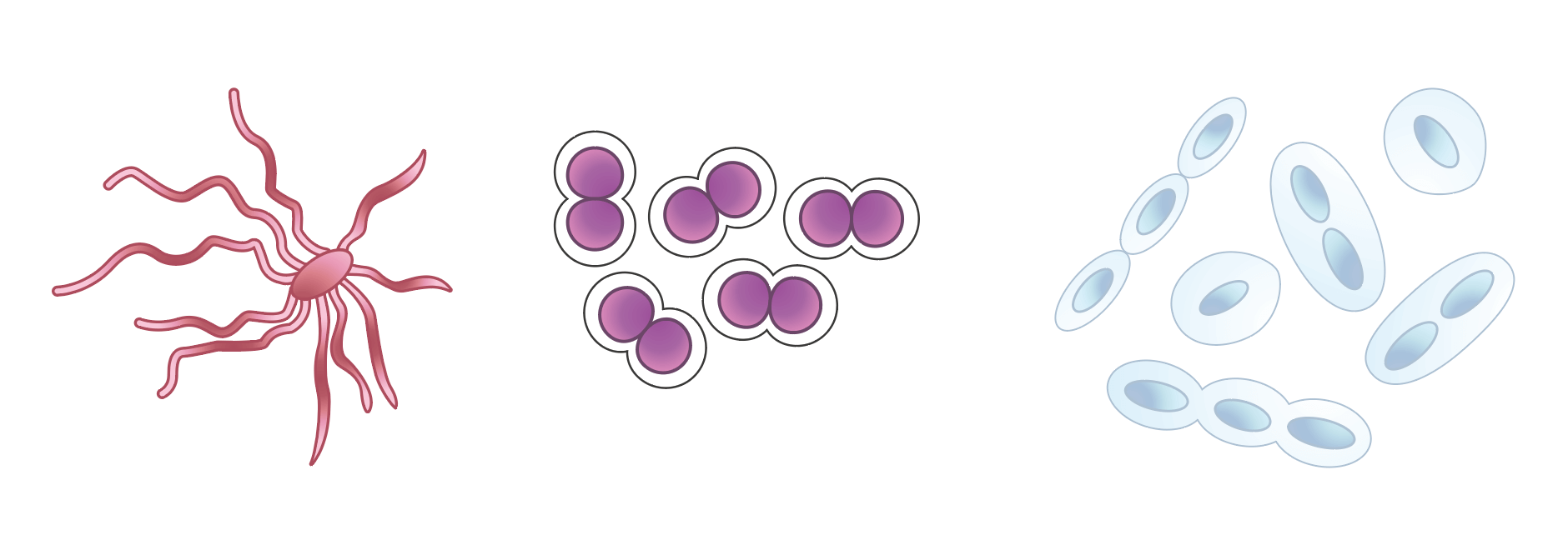
Design Process
Scripts
To ensure academic accuracy and to cover everything necessary, our client provided us with a rough written script highlighting what needed to be in each animation and the order in which it needed to flow. These scripts were detailed and roughly timestamped, providing the foundation for us to produce corresponding storyboards.
Storyboards and Illustrations
Storyboards allowed us to visualise the key frames of the animation, and these were sent to client incrementally for approval. Using scientifically approved representations of the images, we sketched the layouts for each section of the script. To maintain a level of consistency we contacted the client regularly to receive feedback in terms of how well the images matched the script, the narrative of each scene and whether it was matching the goals they had in mind.
When designing the illustrations it was vital to ensure that they were not only visually engaging but also biologically accurate as they would be used as a learning aid. It was important to consider how each illustration would be moving in the animation so that they could be easily manipulated when animating. In terms of colours we were informed that pink or blue bacteria were only these colours since they had been stained to be visible under a microscope, and they wished to reflect this in the final images.
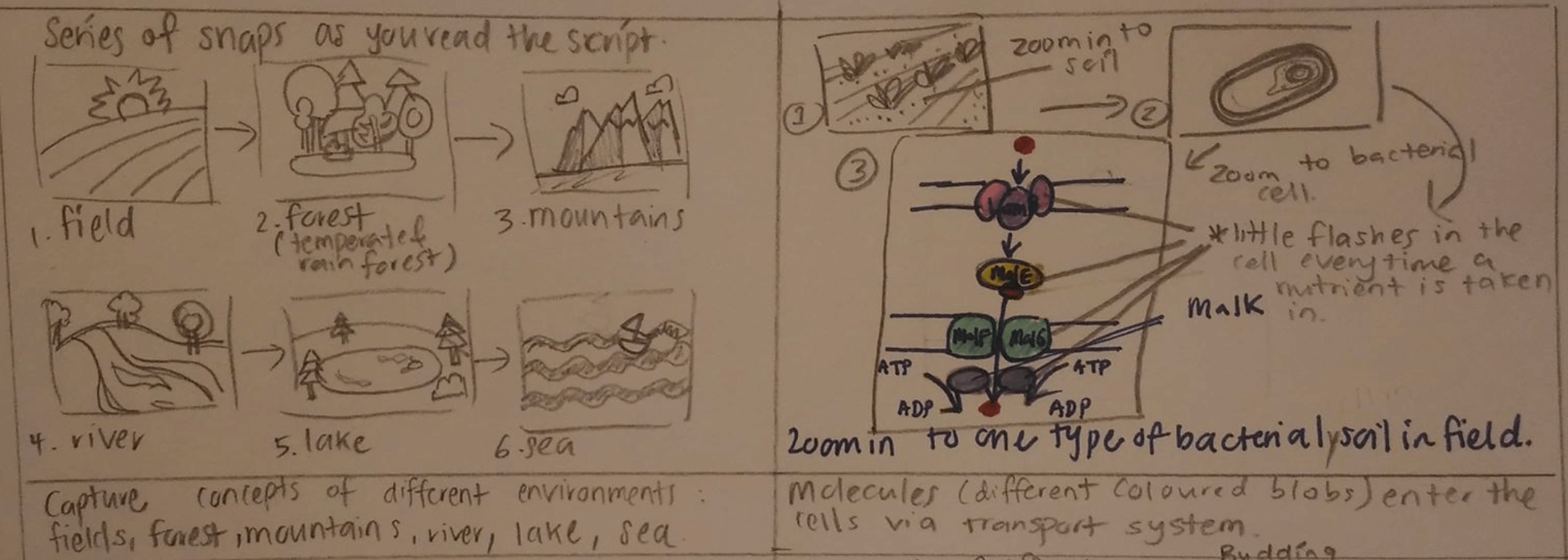
Animation Process
In order to animate to the best of our abilities and fulfil the client’s needs, as a team we had to do quite a lot of self-directed learning of Adobe After Effects. At the time it was new software to the majority of our team and using it appropriately would help both parties out in the long term. When we wanted to create a specific effect or transition on our images we researched videos and forums to find the best way of achieving it. This practice not only gave us valued experience of a new software, but also helped us develop our skills at self-directed learning and independent work.
After all the required illustrations were created, we began bringing them into Adobe After Effects and animating them. This involved altering the prepared illustrations individually, giving each one micro tweaks in ‘frames’ to simulate movement. We then began assembling the illustrations into the desired composition and applied the transitions appropriately. During the animation process in order to test timings of each scene, the script had to be recorded and played over the animation. Assessing the playback this way allowed us to make changes to the times according to the tone and delivery of the script. Once a good level of progress had been achieved, we sent our current developments through to our clients. On the topic of feedback, we received several changes ranging from minor alterations to major composition tweaks. This resulted in some complicated adjustments that eventually paid off in positive return feedback. Animation files can be fairly large and one issue we encountered was lengthy rendering times to video files. This was a laborious setback that prevented smaller changes to be made at a time, costing up to 12 hours for some instances. Whilst long this did allow us to be more vigilant as a team, making sure less mistakes were made and each scene doubly checked before its render.
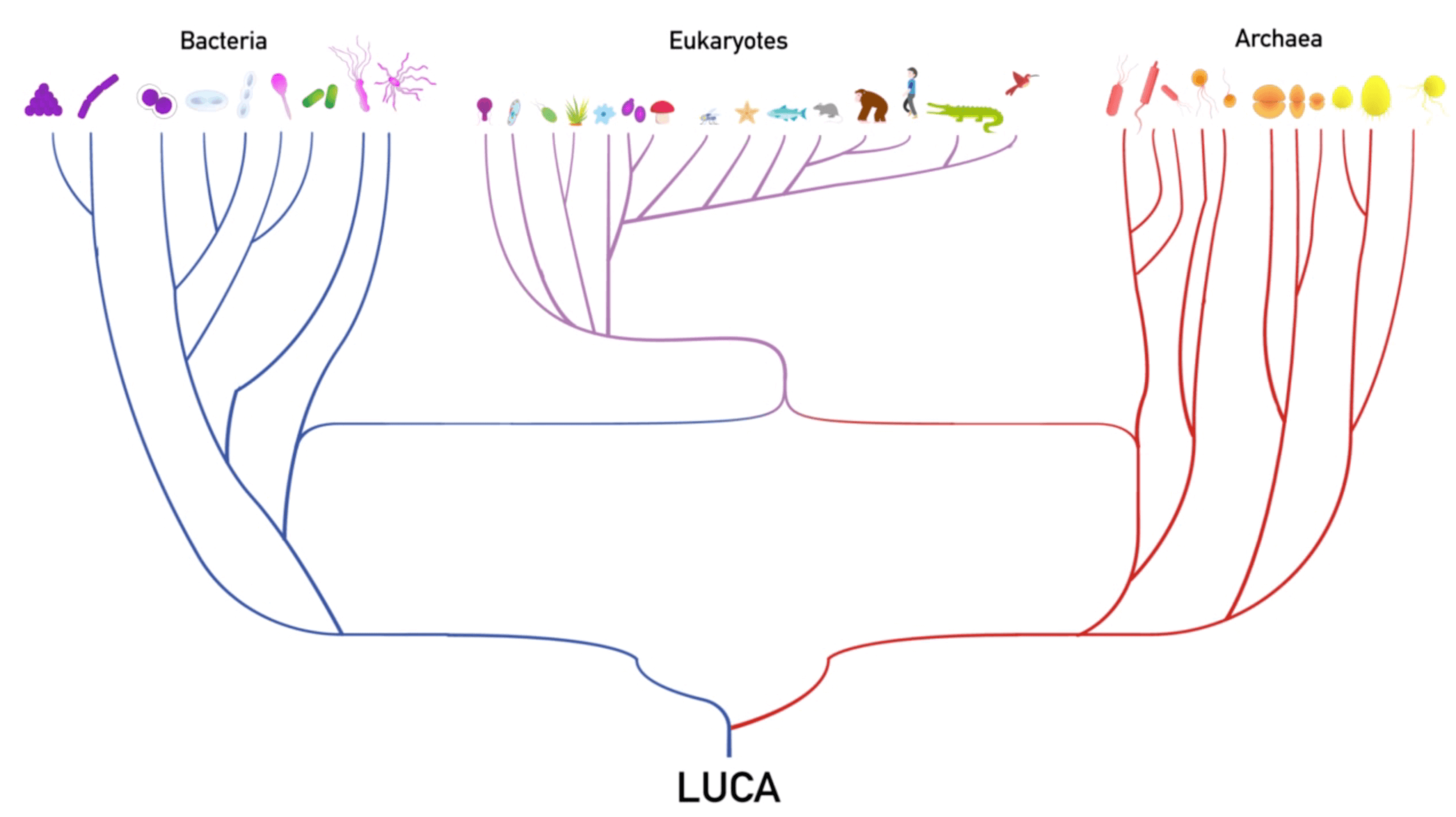
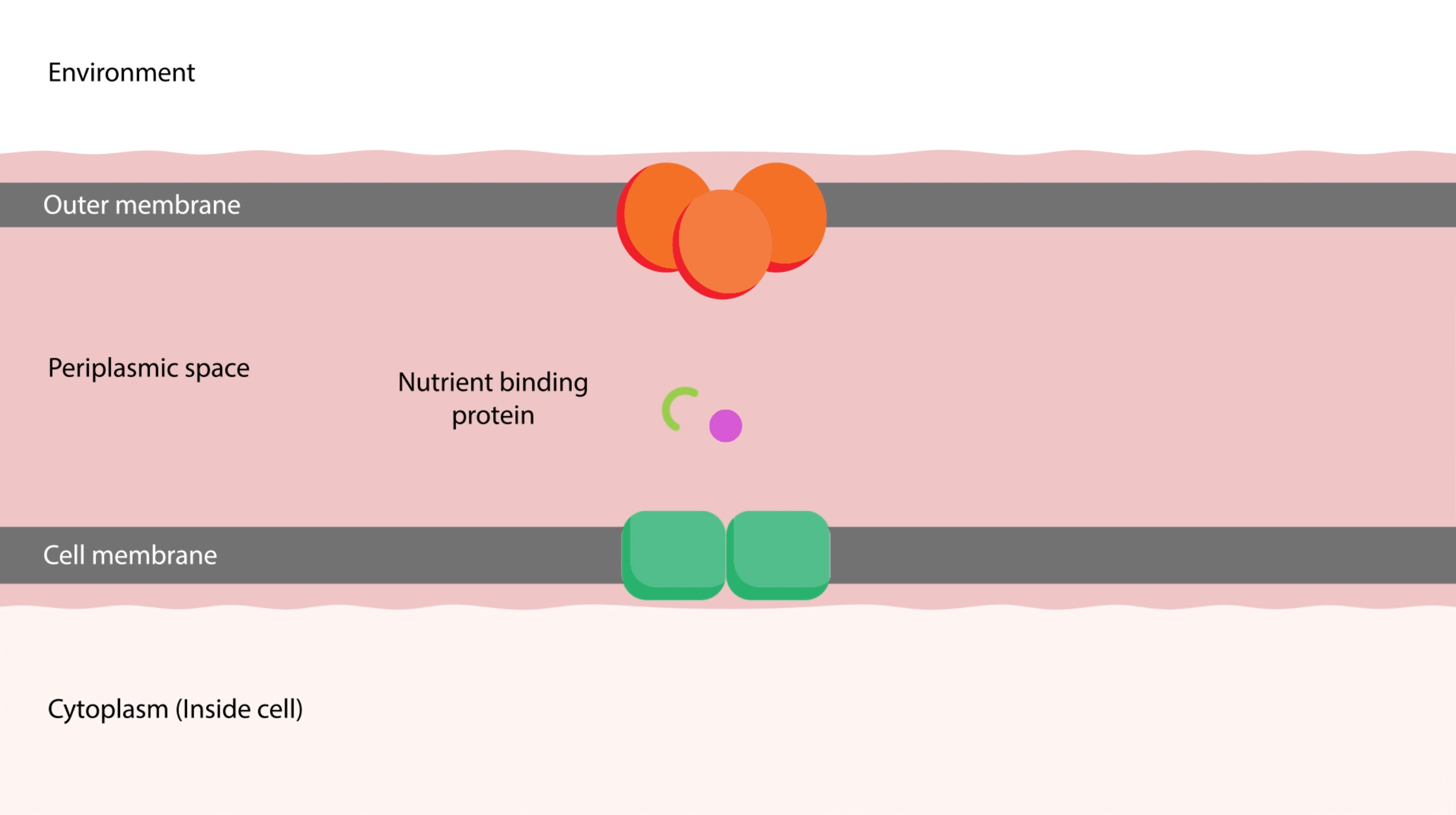
Reflection
Organisation and Teamwork
Our team communicated through a messaging group, allowing us to delegate tasks and troubleshoot any technical issues quickly and easily between us. Staying organised was efficient this way, however the collaboration aspect on each animation became tough. This was due to the difficulties of sharing large files between us and After Effect’s disadvantages of collaborating on large scale animations. We overcame these by working in the same spaces and agreeing on changes before they were implemented.
Client Communication
Since we had a team of clients, sometimes messages became lost in translation as they were passed from team to team. Multiple channels of communication and pathways meant that feedback had to be gathered from separate parties and then sent back over, delaying the process. As our clients were also working as full time lecturers, it was hard to find times when everyone was free for meetings and it also meant that production was quite slow while we waited for scripts and voice overs from the educators. Client communication was consistent however, with them expressing their sympathy with the large files and slow rendering times needed to produce their deliverables.
Overall impressions
The final feedback was positive, explaining how each animation had been successful in terms of smooth compositions and conveying their original goals. The clients expressed their gratitude and were receiving positive feedback from their users. Our collaborative efforts meant that students could revise using these sources and further their learning experience for their own education.
“Thank you so much for sending the animations through, they are looking great! We’re all really pleased with them.”
– Anastasia Rattigan, University of Reading

